President’s message: Transparency in the race to net zero
Reliable Controls president Tom Zaban explores how we can help you foster transparency in the race to net zero.




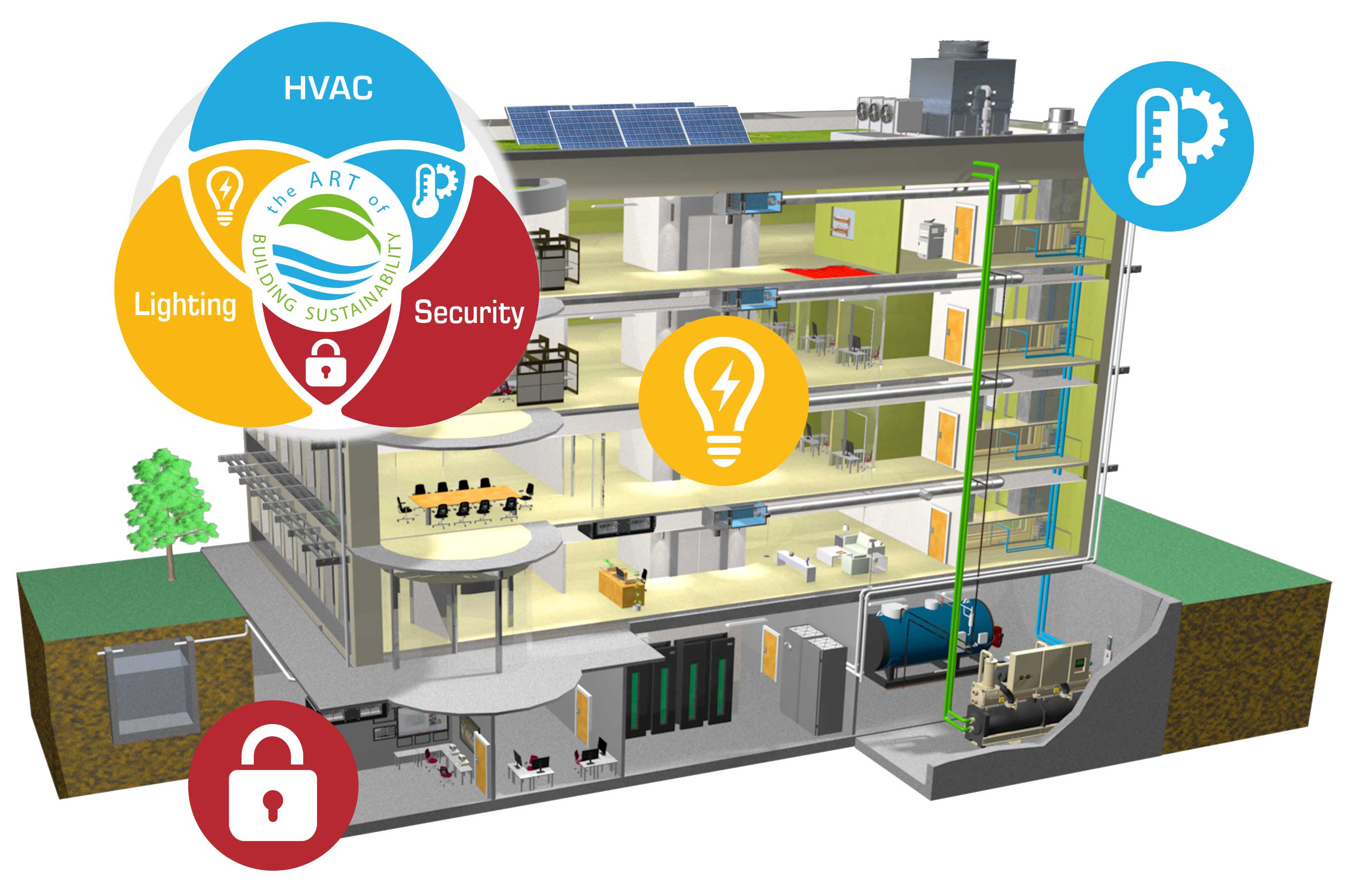
In November 2021, COP26 in Glasgow secured near-global net-zero emissions targets from 153 countries. After 13 days of intense negotiations, every party at COP26 agreed to the Glasgow Climate Pact, accelerating action on climate in this decade. The goal? Limit global warming to below 1.5 degrees Celsius with urgent strengthening of targets and accelerated action on coal, deforestation, electric vehicles, and methane.1
The Glasgow Climate Pact provides a framework for financial, technical, and capacity-building support to countries that need it. Reliable Controls is particularly passionate about that second element: fully realizing technology development and transfer for both improving resilience to climate change and reducing greenhouse gas emissions.
Buildings account for more than 30 percent of global energy consumption2; beyond that, heating, ventilation, and air conditioning (HVAC) consume about 50 percent of the energy used in buildings.3 Improving the efficiency of these systems is crucial to a long-term climate commitment like the Glasgow Climate Pact.
In addition to the high level of interaction between HVAC, lighting, and security systems, building sustainability demands other technological and supporting elements that will endure over the long term. In 2019 Reliable Controls thoughtfully developed a concept called the ART of Building Sustainability—nine elements of building sustainability that guide the work of Reliable Controls team members and the evolution of its products. These nine elements are also intended to help Reliable Controls customers create true building sustainability—now and into the future.
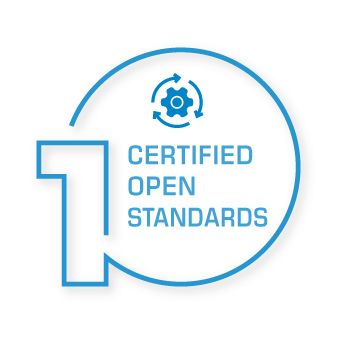
Open protocols certified by third-party testing labs ensure different IoT vendors effectively share information and services—to interoperate as a single, dependable system. Since 1995 the BACnet protocol has delivered the promise of interoperability for building owners around the world. All controllers Reliable Controls manufactures are certified by a third-party testing lab—BACnet Testing Laboratories. When customers see the BTL mark on Reliable Controls products, they can be confident the products have been rigorously tested to meet a high level of quality and open-protocol conformance.
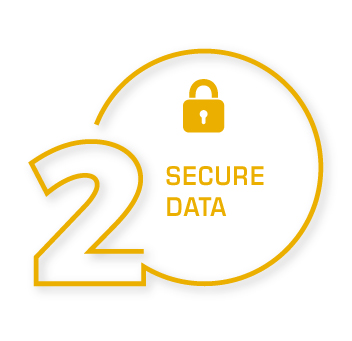
Perhaps more important than ever in the building automation industry is the need for improved information security and scalable network infrastructure. Integrating building controls from multiple vendors can introduce security vulnerabilities. Reliable Controls products support a single sign-on architecture and secure communication through an encrypted BACnet Secure Network to provide a comprehensive approach to security—no matter how many different BACnet devices are deployed in a building automation system.
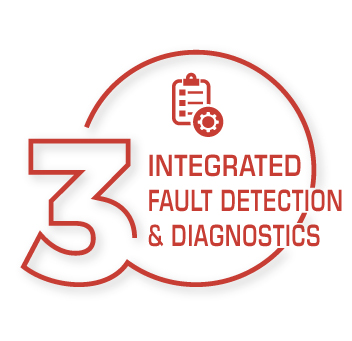
Reliable Controls integrates real-time fault detection and diagnostics capabilities into its products, saving customers the time and money involved in implementing third-party reporting. Using existing infrastructure, live fault-reporting technology from Reliable Controls empowers building operators to diagnose and resolve issues as they happen—so their facilities run smoothly and efficiently, reducing unexpected downtime and extending the life of their equipment.
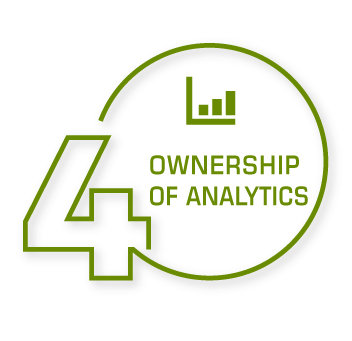
Facility owners, operators, and managers can effectively optimize building performance with timely access to actionable insights. Reliable Controls products allow stakeholders full control over data gathering, report formatting, and delivery without the burden of restricted licensing or copyright requirements—so they can quickly turn information into action while retaining full ownership and control of data.

Today’s building occupants expect to interact with their environment to control lighting, ventilation, heating, cooling, and air quality. Empowering people to manage their own surroundings fosters accountability and efficiency. With technology from Reliable Controls, building occupants can use their smart devices to better connect with their space and take control of their environment in a holistic, mobile experience.
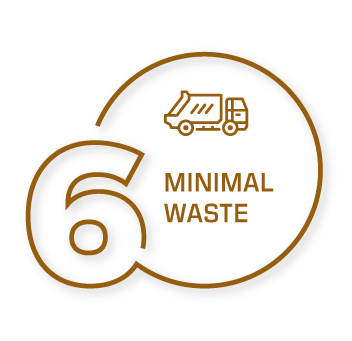
Today’s technology is often paired with a cavalier attitude about product life cycle. Vendors like Reliable Controls who are committed to sustainability understand that carefully engineered designs and meticulous component selection result in devices that endure for the long term. Reliable Controls provides comprehensive repair and responsible disposal services that extend customers’ return on investment and minimize waste.

The way manufacturers respond to new technologies highlights a fundamental challenge in the building controls industry: planned obsolescence. For decades, Reliable Controls has countered this challenge with an ongoing commitment to backward compatibility. When the company develops new products and improves existing ones, customers can be confident in a smooth transition to new technologies—without the need for third-party gateways or expensive hardware replacement.

With more than 30 years in the building controls industry, Reliable Controls is ideally positioned to deliver comprehensive technical services and expertise in building automation. Whether users are new to the industry or skilled professionals, Reliable Controls has the resources to support their goals. The Reliable Controls online portal provides access to operator certification training, engineering specifications, software manuals, hardware user guides, troubleshooting tools, videos and more.
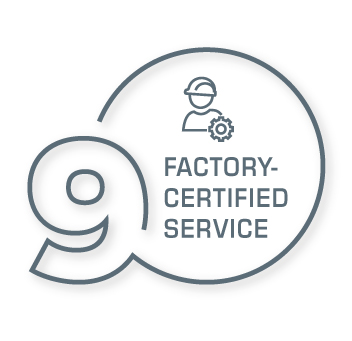
Reliable Controls technology is supported by a global network of knowledgeable, factory-certified service partners who invest in their people and understand the expectations of their customers. Building operators and owners know the importance of authorized local service providers who deliver the consistent, high-quality support and the expertise demanded by today’s built environment.
“The ART of Building Sustainability isn’t just a pretty graphic or clever slogan,” says Cameron Lutz, marketing manager at Reliable Controls. “It’s a road map for building owners and operators to achieve true sustainability in their built environment. Each of the nine elements is carefully considered to highlight real issues owners face—and each is countered with a common-sense solution that will sustain for years.”
Reducing greenhouse gas emissions from the world’s building sector is a key component to meeting the goals of the Glasgow Climate Pact. Approximately two-thirds of the built environment today will still exist in 2050. Currently, building renovations affect only 0.5–1 percent of the building stock annually.4 A significant increase in renovations to existing buildings is required to meet the emission-reduction targets of the Glasgow Climate Pact.
The knowledge and experience of Reliable Controls Authorized Dealers and the ART of Building Sustainability empower facility operators to stand at the helm of sustainability. After a challenging few years with COVID-19, building sustainability is especially important. Designing and retrofitting buildings to operate safely is the focus of most built-environment professionals in 2022. Pre-pandemic, sustainability in commercial buildings focused mostly on resource consumption, access to public transportation, and emissions. Now, true sustainability requires that buildings be flexible and adaptable to the needs of occupants. The ART of Building Sustainability can help facility owners address all these objectives.
A world of opportunity awaits to reduce the impact of the built environment. Reliable Controls is making a difference by empowering building owners and operators to help advance these critically important long-term climate goals.
Explore the ART of Building Sustainability on YouTube.

Reliable Controls president Tom Zaban explores how we can help you foster transparency in the race to net zero.
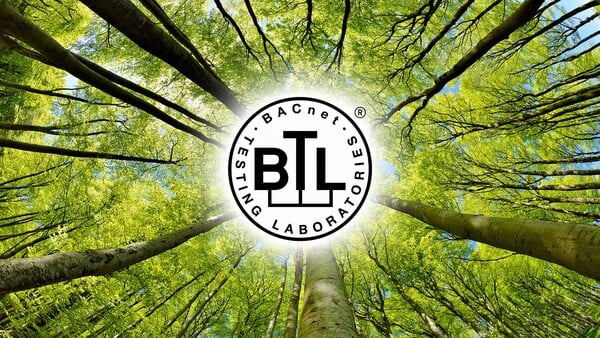
Reliable Controls president Tom Zaban reflects on 30 years of the BACnet protocol.
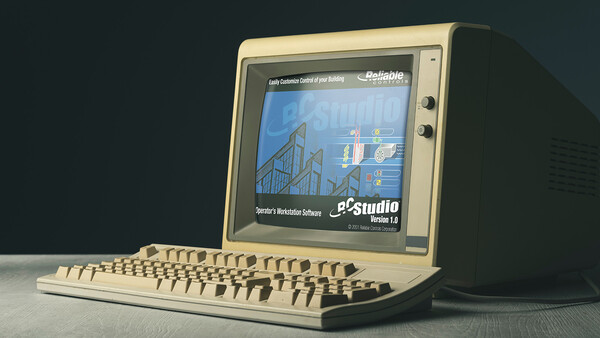
Celebrating nearly 25 years of RC-Studio, the backbone of our suite of building automation tools.

Learn how Reliable Controls promotes a circular economy, starting with design choices.

Learn about encouraging outcomes of the UN Climate Change Conference and how building automation plays a critical role in achieving global decarbonization goals.

What does a Zamboni have in common with an arena's ventilation system?

When every second matters, players should be set up for success. The building automation system can do just that.
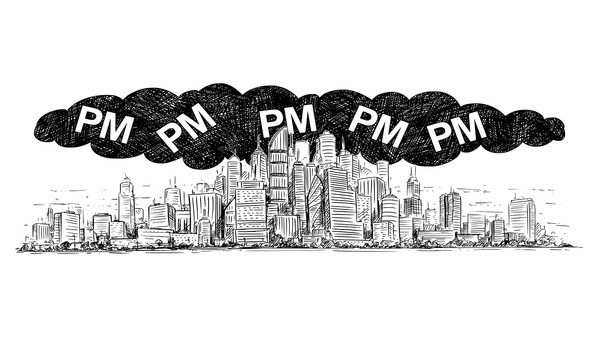
Discover particulate matter. Why does it matter, and how can you measure it?